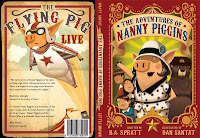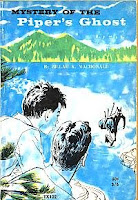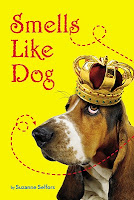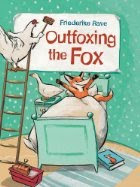 I thought I'd try out a new school series - Annabel. These are much more contemporary than the school series I usually read, having been written in the 80s. Annabel's school is quite different than any I've seen portrayed in fiction from that time period, which is not surprising since this is a British series. The adults are generally rather dim and there's more emphasis on boys than in older school series, of course.
I thought I'd try out a new school series - Annabel. These are much more contemporary than the school series I usually read, having been written in the 80s. Annabel's school is quite different than any I've seen portrayed in fiction from that time period, which is not surprising since this is a British series. The adults are generally rather dim and there's more emphasis on boys than in older school series, of course. Each of these volumes contains a series of short stories about Annabel, whose fertile imagination and crazy behavior makes most people steer clear of her, except for her best friend Kate. Annabel adopts a duck, nearly drowns her friend, goes on strike against school lunches, falls in love with a singer, and more. The stories are funny enough, in parts, although I see very little evidence to back up Kate and the narrator's claim that Annabel is brilliant. She thinks fast on her feet, but other than that is actually quite dumb about social situations and generally gets poor grades because she is so easily distracted.
Each of these volumes contains a series of short stories about Annabel, whose fertile imagination and crazy behavior makes most people steer clear of her, except for her best friend Kate. Annabel adopts a duck, nearly drowns her friend, goes on strike against school lunches, falls in love with a singer, and more. The stories are funny enough, in parts, although I see very little evidence to back up Kate and the narrator's claim that Annabel is brilliant. She thinks fast on her feet, but other than that is actually quite dumb about social situations and generally gets poor grades because she is so easily distracted.
Verdict: Light, fun reads for fans of school stories, but not a series I care strongly enough about to find the rest.
New, thinking Annabel
ISBN: 978-0670820450; Published September 1988 by Viking; Received through Bookmooch
Friend like Annabel
ISBN: 978-0583305945; Published February 1984 by Armada; Received through Bookmooch
New, thinking Annabel
ISBN: 978-0670820450; Published September 1988 by Viking; Received through Bookmooch
Friend like Annabel
ISBN: 978-0583305945; Published February 1984 by Armada; Received through Bookmooch

























